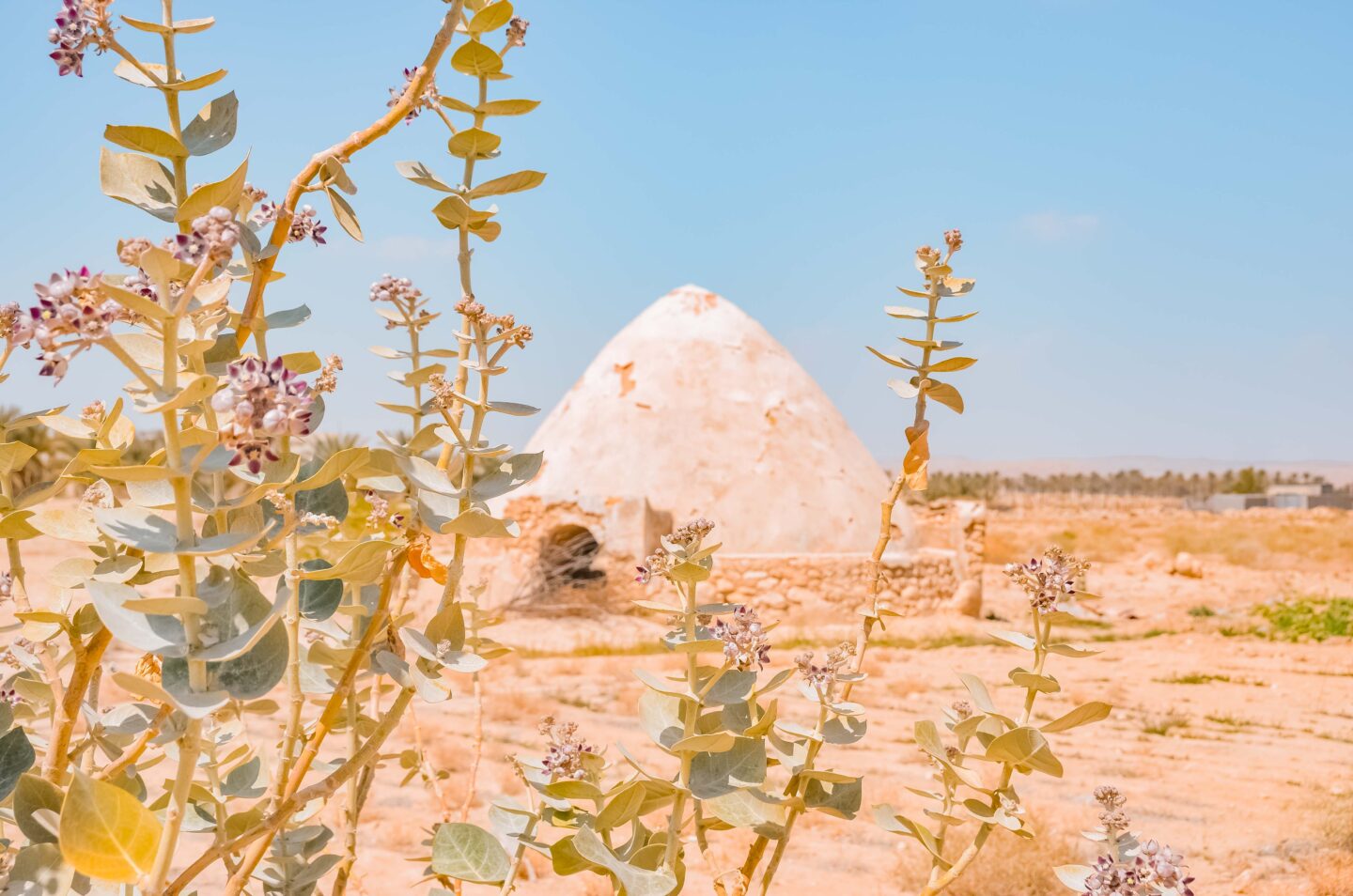
The drive through the last few kilometres of the plateau (we thought it was the last few kilometres, but we were very wrong) is beautiful. The landscape is dry and rocky, the rock formations are colourful and we keep passing oases with date palms.
Iran itself is a rather dry country, we see many riverbeds dried up, the lakes are mostly without water. The dust settles on our Felix like a patina and we are also covered in dust again, barely freshly showered. That's just the way it is and we learn to live with it. We have no other choice, do we?
The further south we go, the more the round Iranian water cisterns, also known as ab-anbars, appear along the roadsides and on the bare land.
A short course in Persian: Ab means water, but is spoken more like Ob.
These traditional Persian circular buildings (we first think of the Trulli in Italy) are used to store and conserve water in arid regions. These structures are further evidence of man's adaptability and ingenuity to his natural environment and have contributed to the population's water supply for centuries.
The cisterns were built to collect and store rainwater and water from qanats (underground canal systems) so that it could be used all year round.
A typical Iranian cistern consists of a water basin (The centrepiece of each cistern is a large underground basin where the water is stored. These basins are often round or oval and are lined with a special water-repellent mortar mixture called sarooj to make them watertight)the domed roof (A distinctive domed roof usually rises above the pool, which fulfils not only aesthetic but also practical purposes. The dome shape helps to keep the temperature inside cool and minimise evaporation: To access the water, steps lead down to the bottom of the cistern. In the past, these entrances were often ornate, but today they are usually just ladders). And then there are the small door-like openings that allow access to the water.
These ab-anbars played a crucial role in securing the water supply in Iranian towns and villages. They were not only used for the daily water supply, but were also vital in times of drought or siege.
Today, many of these historic cisterns are no longer in use as modern water supply systems have replaced them. However, some have been restored and are listed as part of Iran's cultural heritage. They serve as living museums to teach us about the traditional methods of water storage and conservation.
Speaking of water: the further south we go, the saltier the drinking water tastes. We will probably soon start separating our water supplies: normal water from Felix's water tank for washing up, washing, showering and bought drinking water for drinking tea, cooking and brushing our teeth.
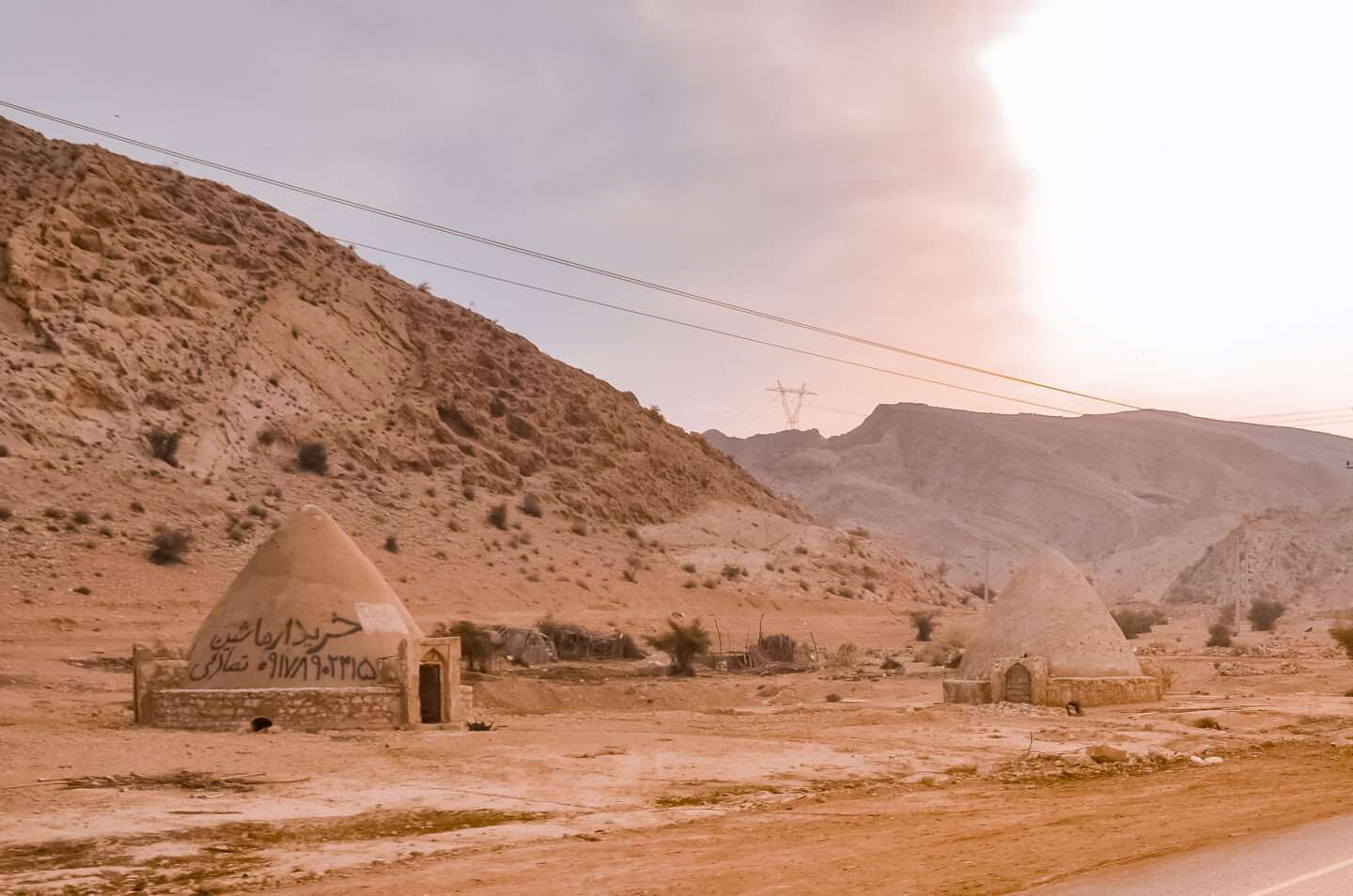
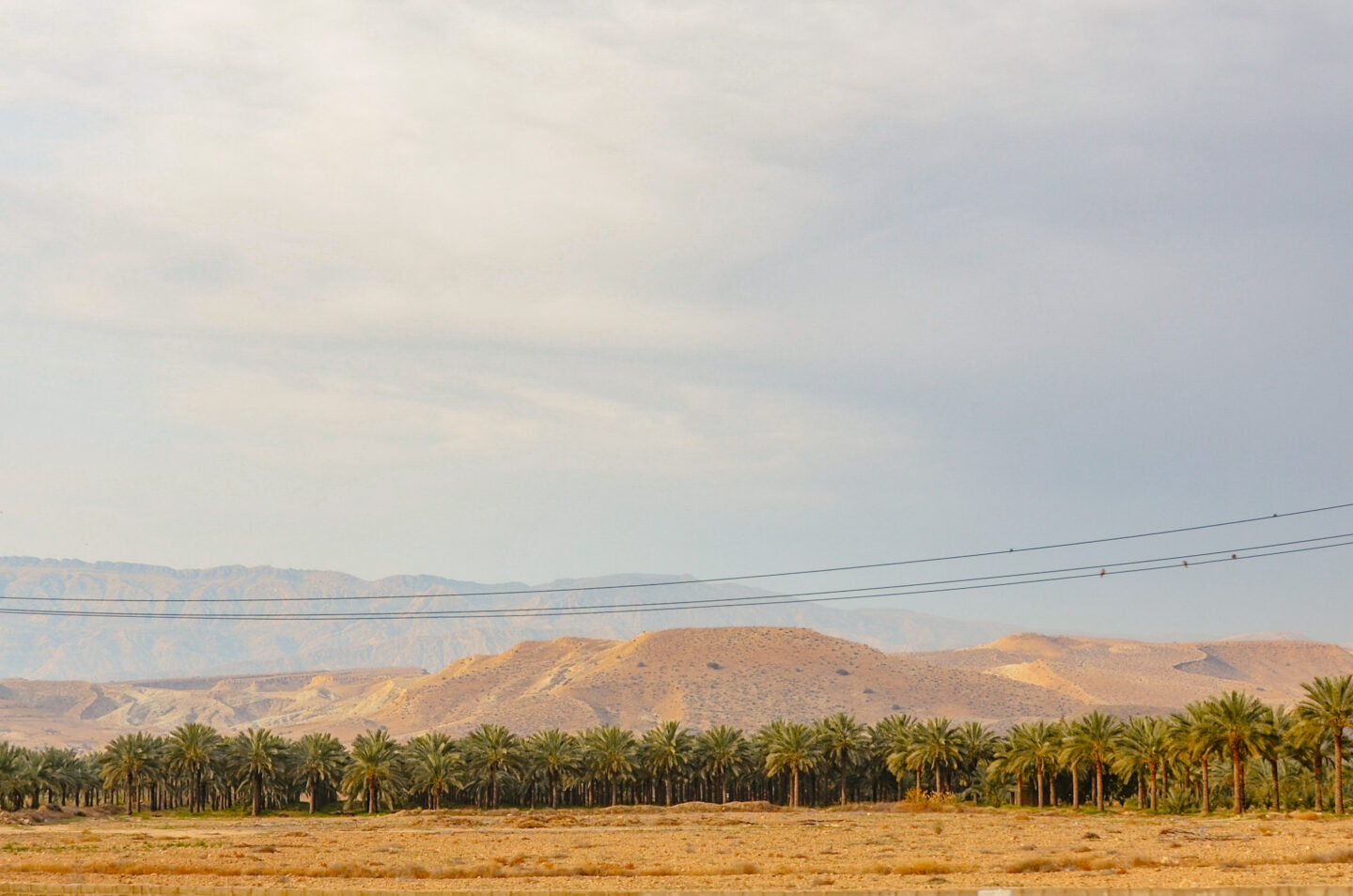
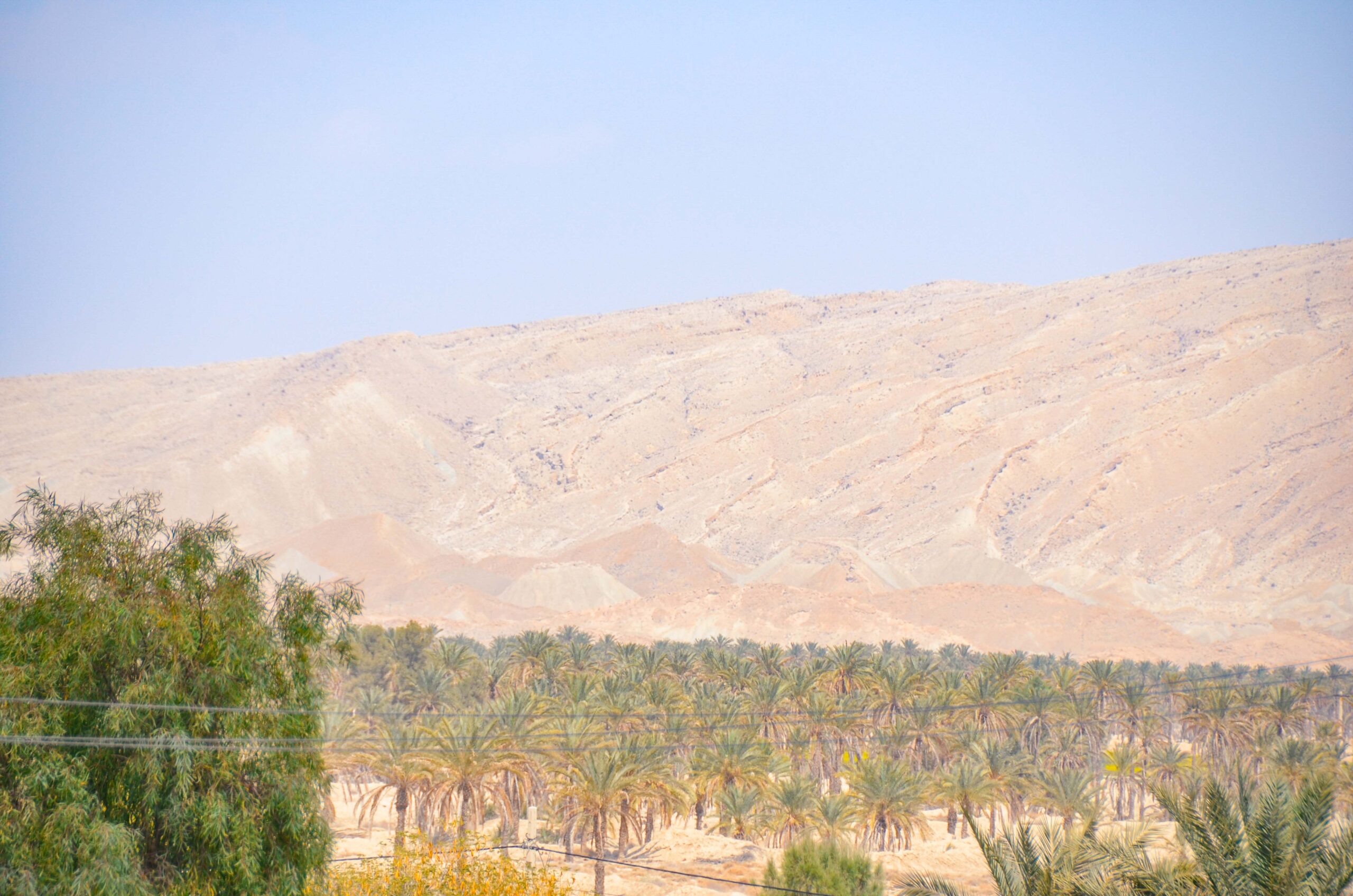
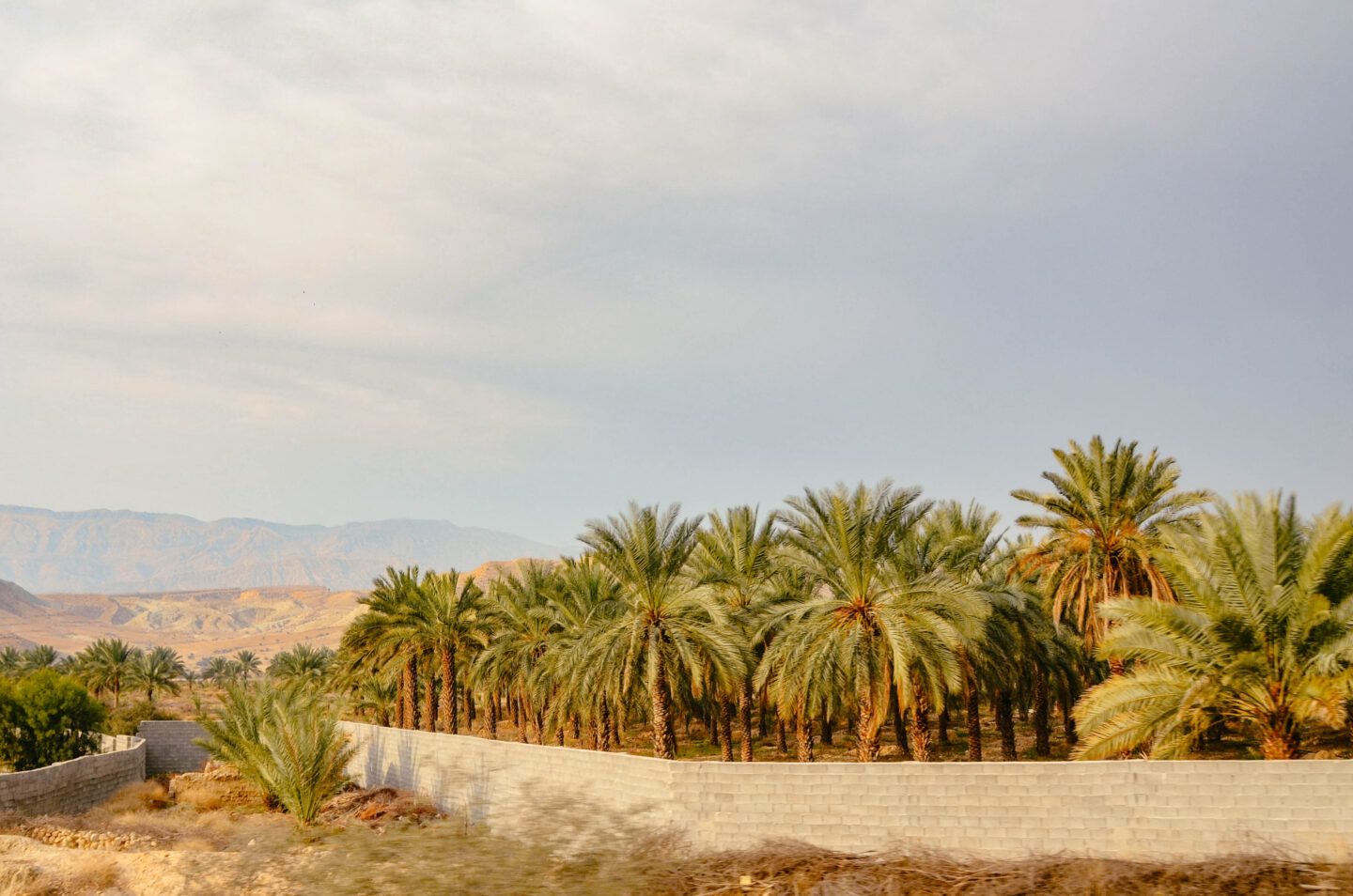
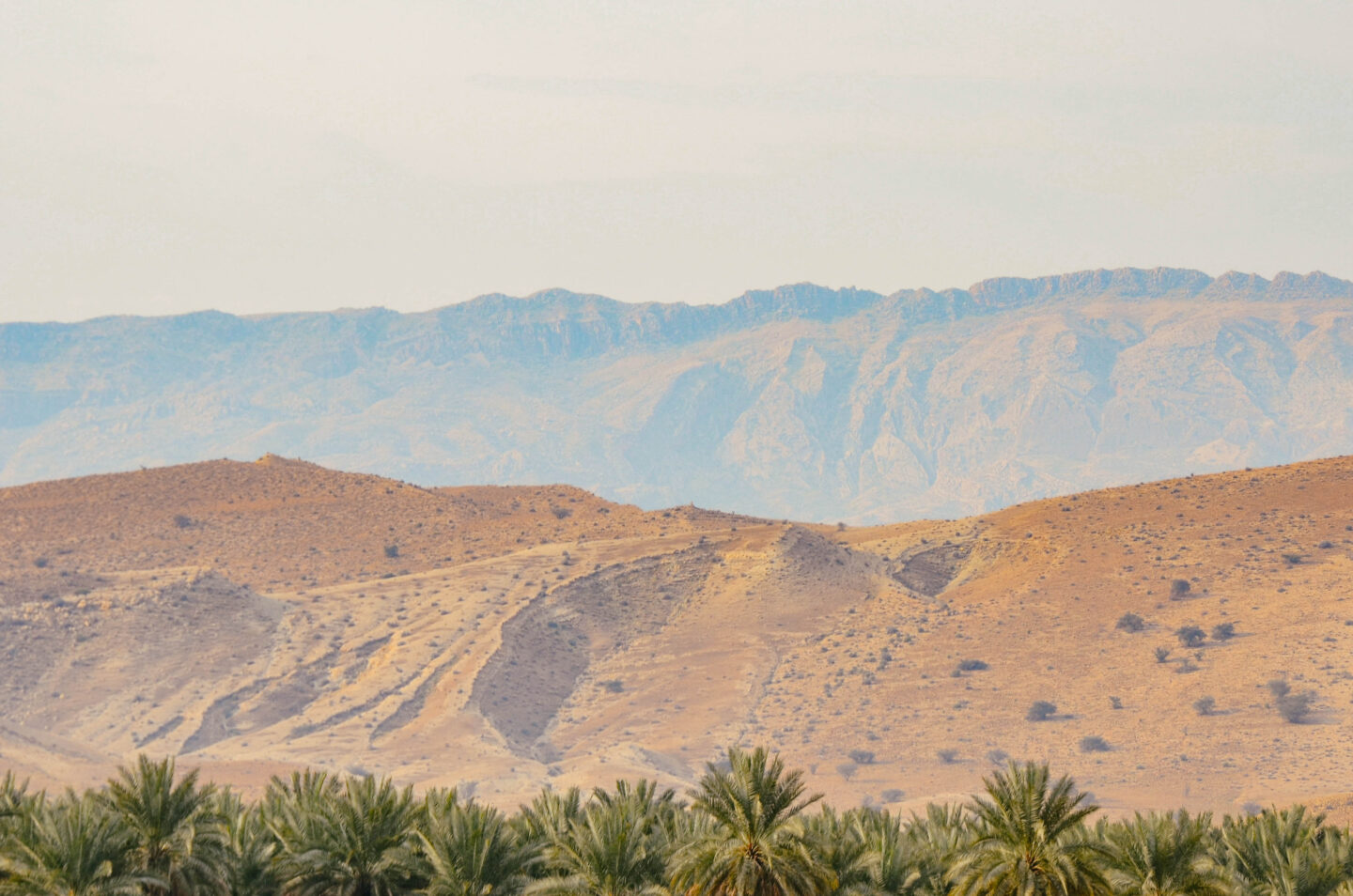
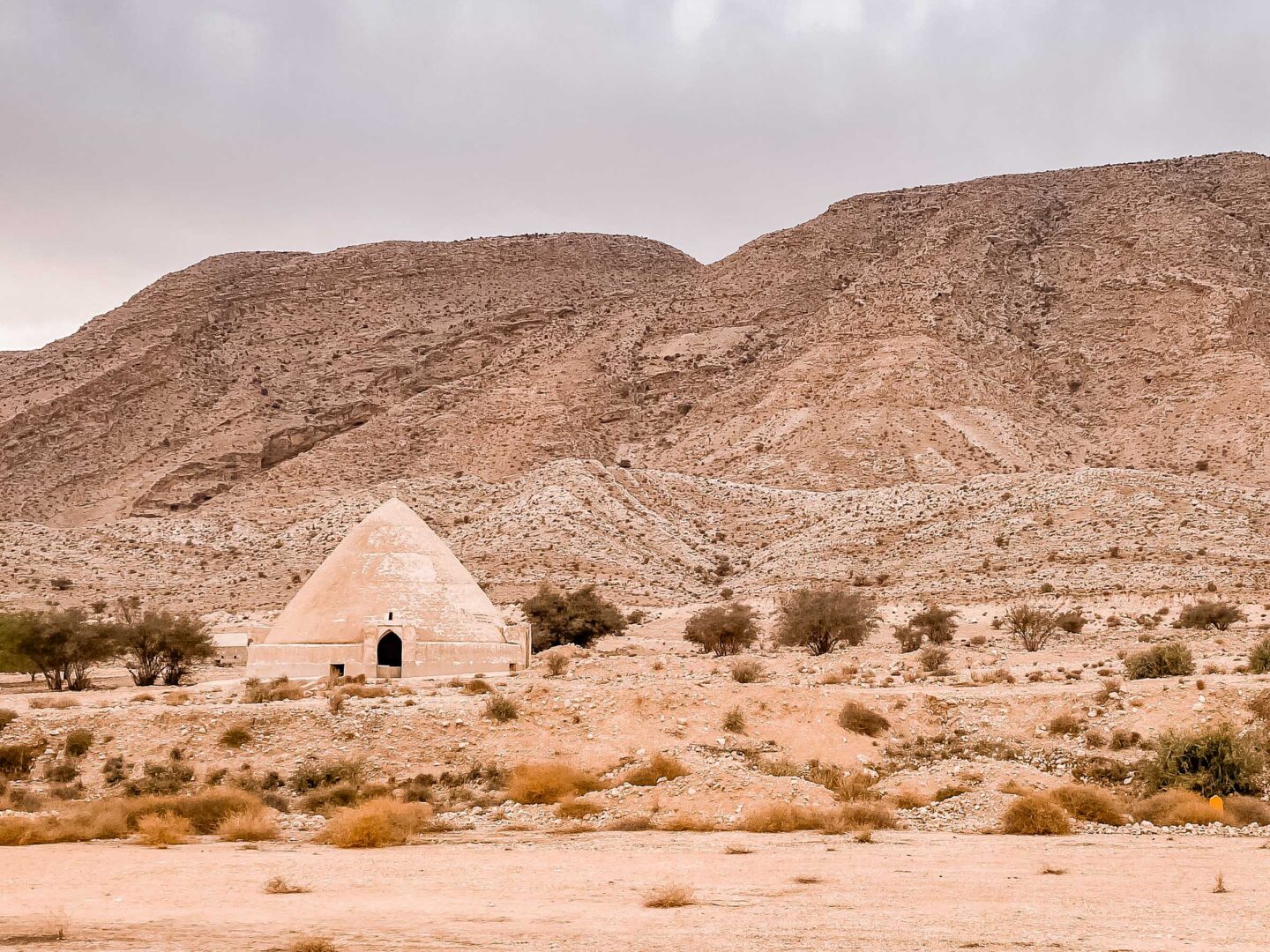
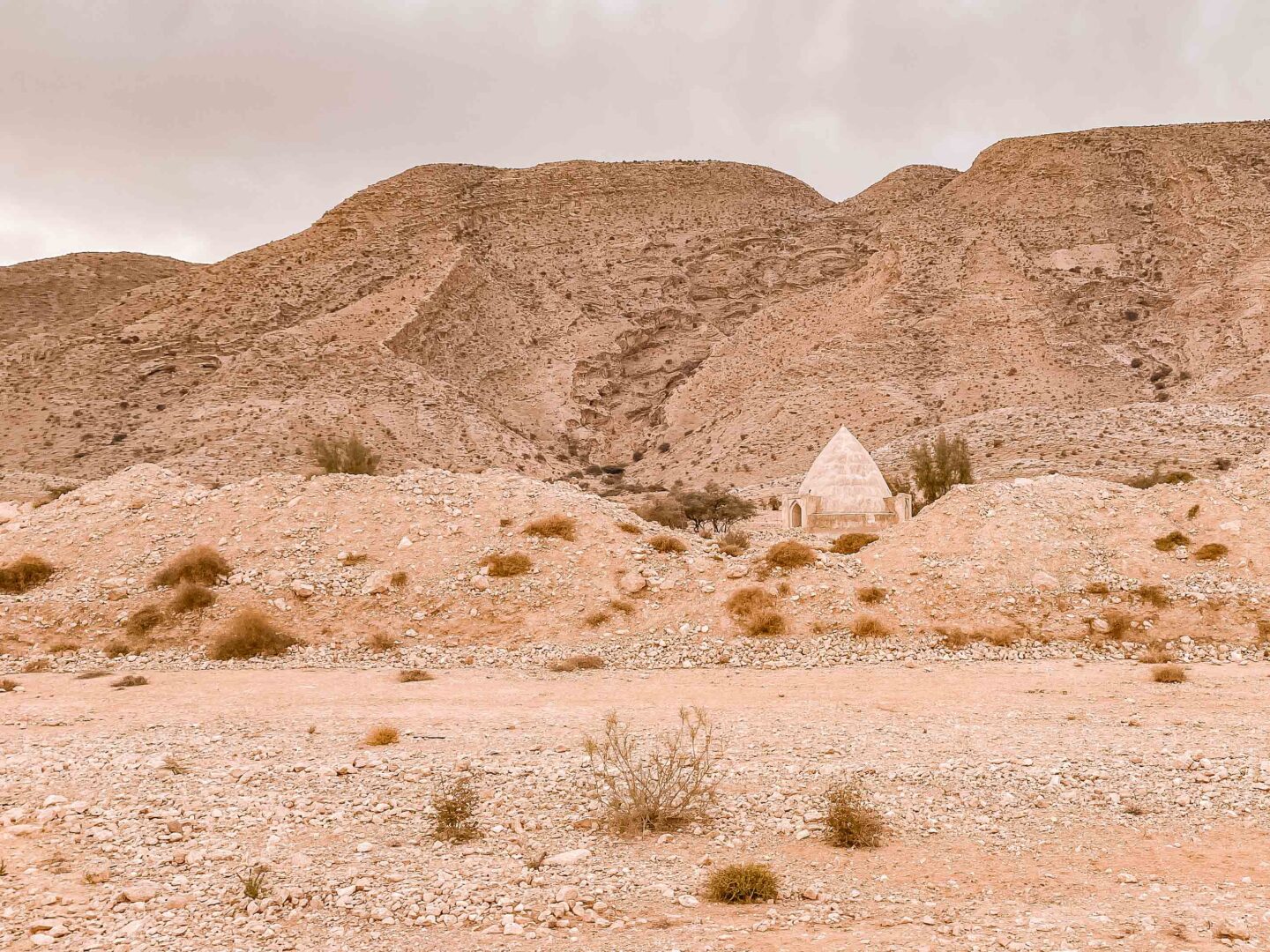

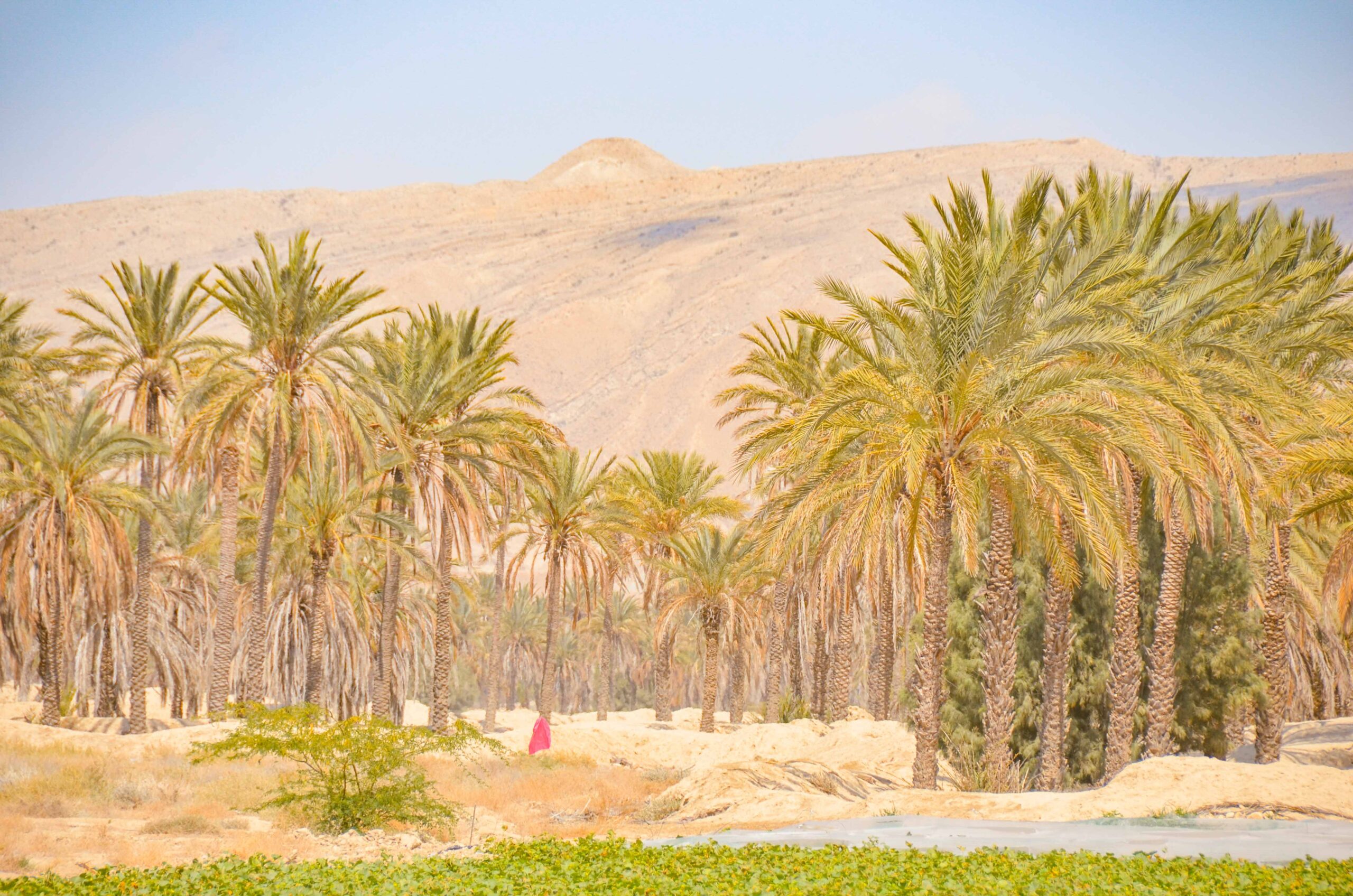
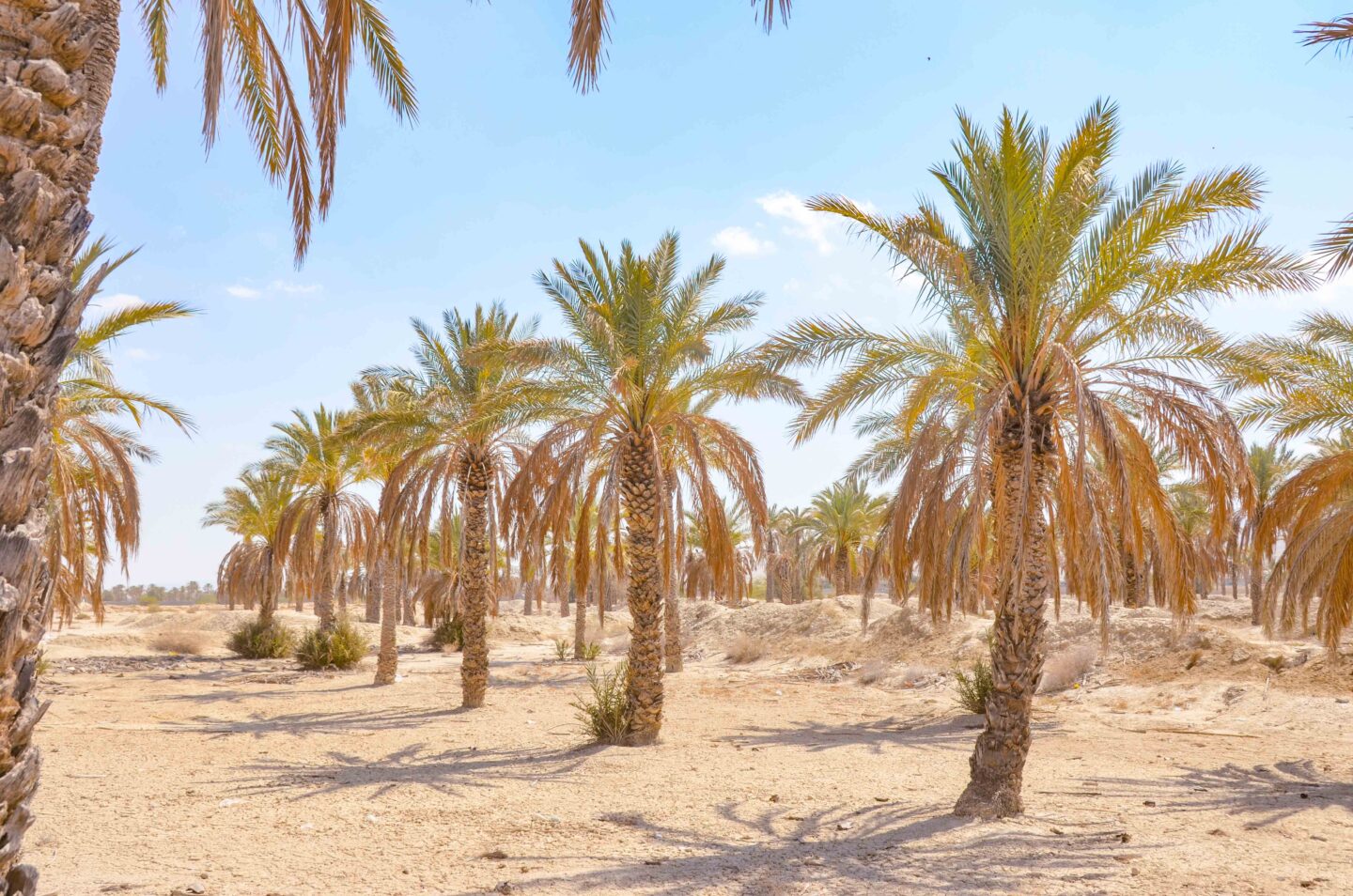
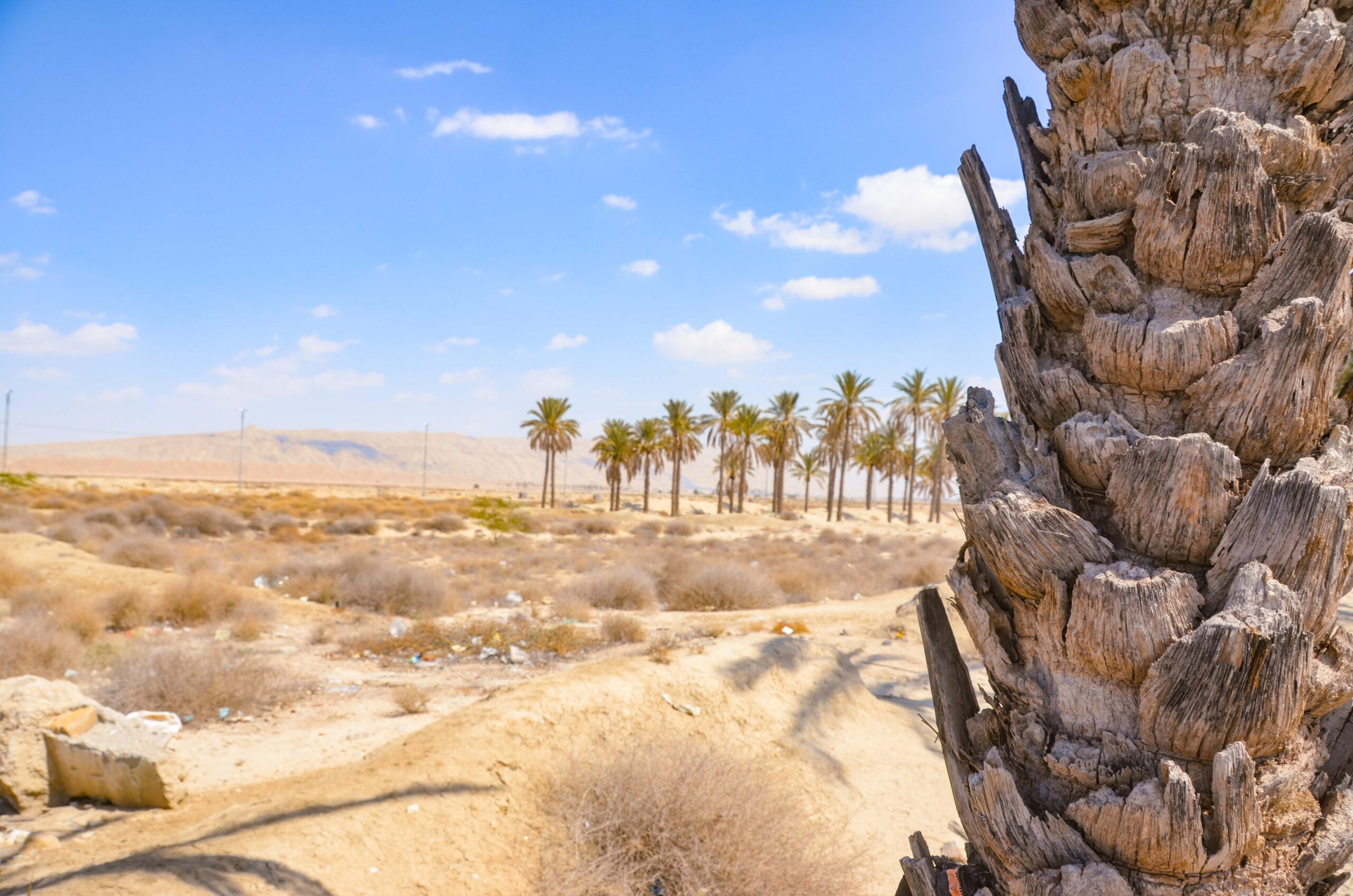
Merci for "travelling with us
We are thinking about taking another break from travelling in the summer and visiting our families in Germany and Switzerland. One of the ideas is to organise a Lecture about our long journey to the Persian Gulf to prepare. If you would like to, what would interest you the most? We will also tell stories here that don't find a place here on the blog. We're thinking of the Bern and Berlin area - simply because we have family there. But other places are also conceivable. Feel free to write to us.
Do you think our travel experiences might be of interest to others? Then you can share the Share post quietly. By e-mail or however you want to do it.
In addition, if you haven't already done so, you can use our Newsletter subscribe. Here you will receive all our experiences in your mailbox whenever we publish something new or once a week on Fridays: live-pur.ch/newsletter
We are also very happy to hear your views, your tips or your questions. Just comment on the post!
Good morning to you both.
Thank you for the beautiful and interesting insights into the country, its people and knowledge.
Another stupid question:
Where do you refuel?
Are there enough options?
Or how do you do it when you're travelling in the desert?
Best wishes from grey Bavaria
s'Racheli
Oh dear, you're welcome!
We refuel at lorry filling stations. And that's quite possible. There are lorry filling stations on every trunk road.
And there are also roads in the desert, otherwise we wouldn't get there. We're not off-roaders.
And: we can cover 800 kilometres with our tank 🙂
Kind regards - Heike